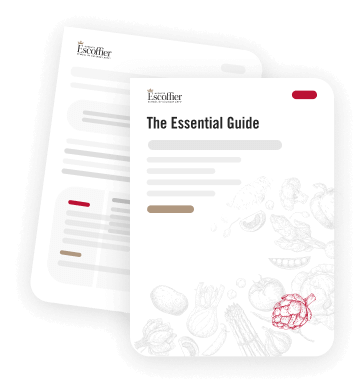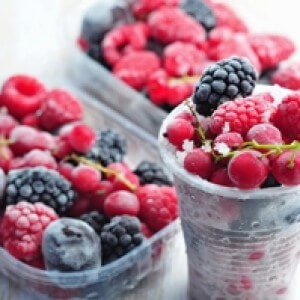Tips For Properly Freezing Your Food

 Whether you’re working with chicken cutlets, fruits or vegetables, freezing is a great way to preserve your food at the peak of its flavor so you can enjoy it later. When properly frozen, foods can maintain all of their flavors and nutrients. Plus, it makes it easy to buy in bulk and save yourself some money in the long run. But there’s a certain method to which you must adhere when it comes to freezing your food in order to keep it tasting fresh and delicious.
Whether you’re working with chicken cutlets, fruits or vegetables, freezing is a great way to preserve your food at the peak of its flavor so you can enjoy it later. When properly frozen, foods can maintain all of their flavors and nutrients. Plus, it makes it easy to buy in bulk and save yourself some money in the long run. But there’s a certain method to which you must adhere when it comes to freezing your food in order to keep it tasting fresh and delicious.
Use the right storage containers
It’s important to always use freezer-safe containers, which can be found at your local grocery store. Resealable freezer bags are ideal because you can squeeze all the air out and they’re specifically made to protect your food in the freezer.
Cool before you freeze
Instead of sticking the food in in the freezer while it’s still hot, let it cool off to room temperature first. Freezing hot food only increases the temperature of the freezer, causing other items to start defrosting.
Never re-freeze
Always remember that you should never re-freeze something that has already been frozen. Even if the food was frozen raw and then cooked, to be extra safe, it still shouldn’t be stuck back in the freezer. Be sure to date your freezer bags and containers so you know when each food expires.
Cook veggies first
Some vegetables do best in the freezer when they’re cooked first. Blanching is the best way to go about this. First, drop them in boiling, salted water and cook uncovered until bright, crisp and tender – about two to five minutes for most vegetables. Next, drain and immediately cool in a bowl of ice water to set the color and stop the cooking process. Pat them dry and cool before freezing so there is less damage to the texture. Most vegetables can be frozen for up to two to three months.
Know what to freeze and what not to freeze
There are certain foods that do well in the freezer, and others that aren’t meant to be frozen. Anti-freezer foods include egg-based sauces like mayonnaise, plain yogurt, vegetables with a high water content, like lettuce, hard boiled eggs and raw eggs. But there are other everyday items that are capable of being frozen, like bread, grated cheese, butter and margarine, milk, and raw pastry.
Use labels
If food is in the freezer for a few months, you might not remember what a certain food is or when it was frozen. Buy a blue marker for raw foods and a red one for cooked foods. Label each container clearly.
Enroll in an online culinary arts program to make delicious meals that can be frozen to enjoy later on.

